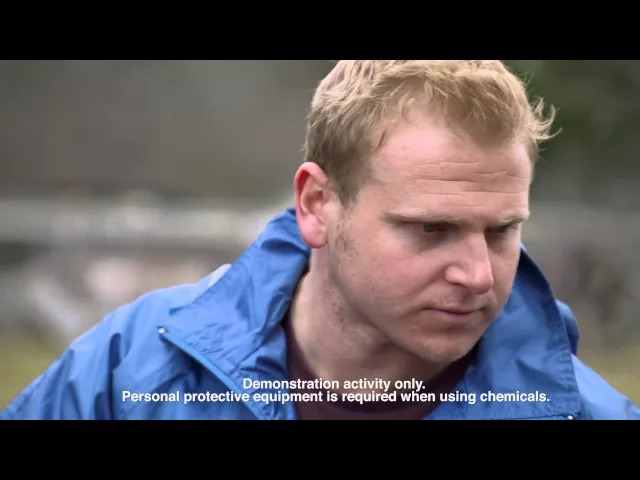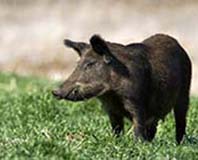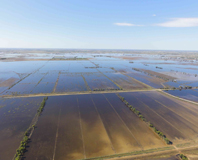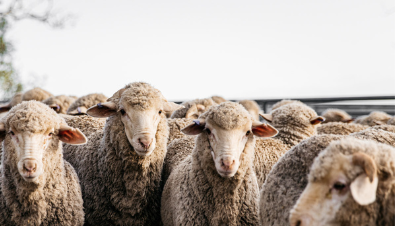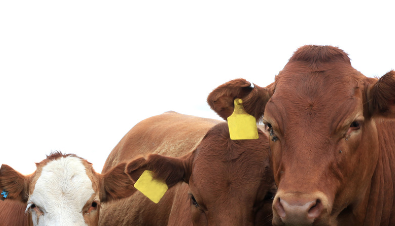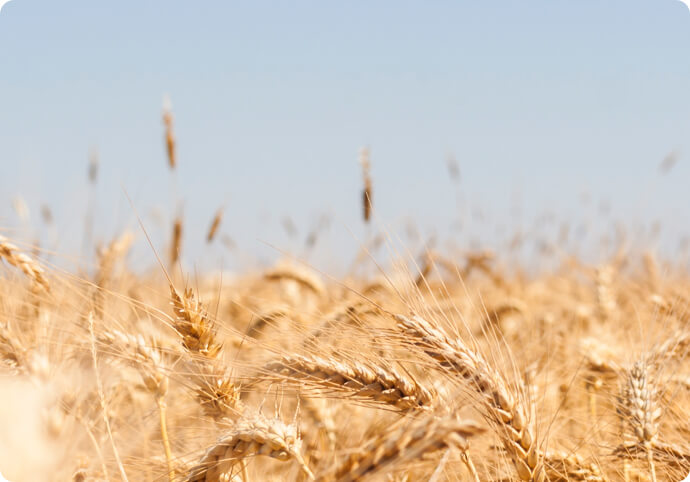Feral animals and weeds can both pose a health risk to livestock and damage crops. Ensure you monitor and manage these widespread risks to your business. Feral animals pose a risk to your property through direct impact on livestock and production and by carrying disease onto and around your property. To protect the health of your livestock, crops and plantations it is important to minimise the risks associated with feral animals.

